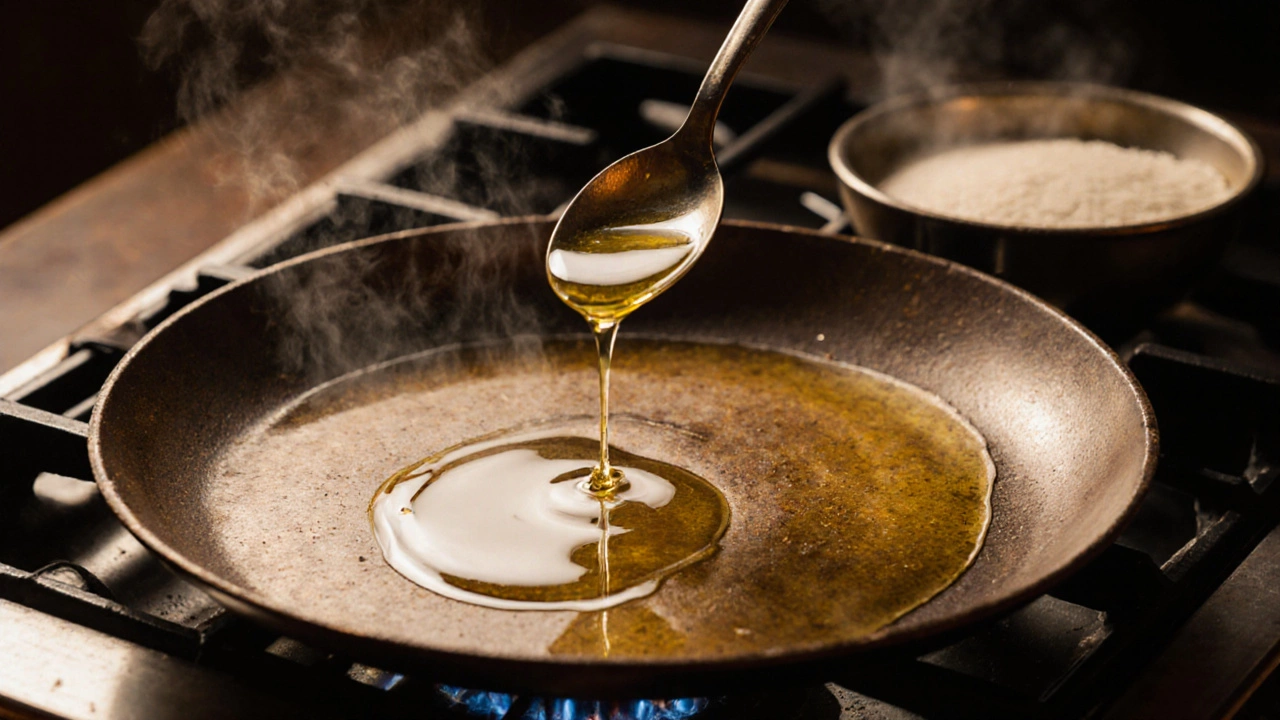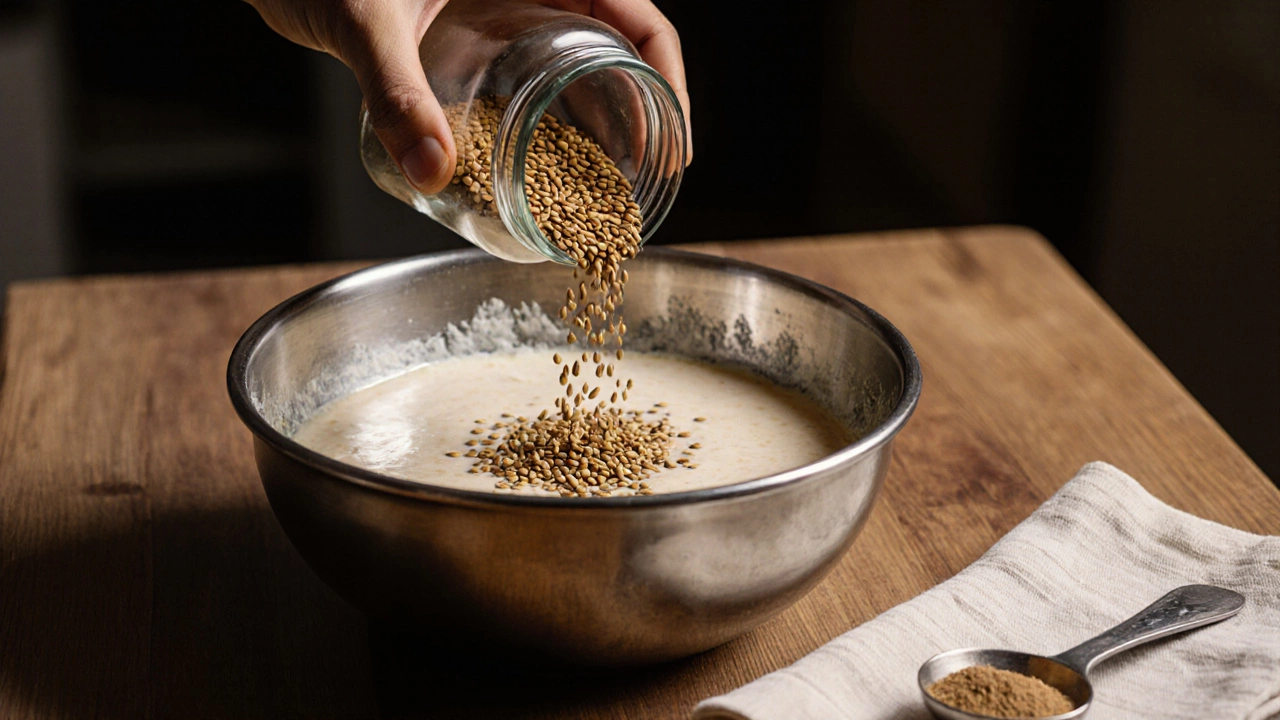Dosa Batter Recipe: Your Complete Guide
When working with Dosa Batter Recipe, a fermented rice‑and‑urad‑dal batter that forms the base of classic South Indian crepes. Also known as dosa batter, it powers dishes like dosa, uttapam, and even idlisteamed rice cakes that share the same batter. Originating from South Indian cuisinethe food traditions of Tamil Nadu, Karnataka, Kerala and Andhra Pradesh, the batter relies on fermentationnatural microbial activity that develops tangy flavor and airy texture. This process influences the batter’s softness, aroma, and the crispness of the final crepe. Understanding these connections helps you tweak taste, nutrition, and consistency without guessing.
Key Elements That Make a Perfect Dosa Batter
The core of any dosa batter recipe is the rice‑to‑urad‑dal ratio, usually 3:1 by volume. Soak split black gram and medium‑grain rice separately for at least 4‑6 hours, then grind them to a smooth paste with a splash of water. Add a pinch of fenugreek seeds for extra fermentation power – they feed the good bacteria and give a subtle bitterness that balances the sour notes. After blending, let the mixture rest in a warm place for 8‑12 hours; the batter should rise, develop tiny bubbles, and emit a faint, pleasant sour scent. If you’re in a cooler climate, keep the bowl inside an oven with the light on or wrap it in a cloth to maintain temperature. Once fermented, thin the batter with water to a pourable consistency; too thick and the crepes will be doughy, too thin and they’ll break. Finally, heat a non‑stick tawa, drizzle a few drops of oil, and spread the batter in a circular motion – the result should be a golden‑brown edge and a soft, airy center.
Beyond the classic version, the batter welcomes countless tweaks. Adding cooked rice, semolina, or even a handful of soaked poha can boost crispness, while a spoonful of yogurt or a splash of lemon juice quickens fermentation on busy days. For a health boost, swap half the rice with millet or quinoa; the flavor shifts but the crepe stays authentic. Store any leftover batter in the fridge for up to three days; it will continue to sour slowly, giving your next batch an extra tang. When you’re ready to experiment, try making mini appam, paper‑thin uttapam, or even a sweet dosa flavored with jaggery and cardamom. All these variations stem from the same foundational batter, proving how versatile and forgiving the process can be.
Now that you’ve got the science, the tools, and the tips, you’re ready to create dozens of dishes that showcase the magic of a well‑fermented batter. Below you’ll find a curated list of articles that dive deeper into related topics – from spice pairings and topping ideas to storage hacks and regional twists. Use them as a springboard to refine your technique, explore new flavors, and turn a simple batter into a daily culinary adventure.
Best Oil for Dosa: Perfect Crispiness and Flavor Every Time
Find out the best oil for dosa to get perfect crispiness and authentic flavor. Learn why refined coconut oil wins, what alternatives work, and which oils to avoid for the best dosa every time.
Why Fenugreek Is Added to Dosa Batter - Benefits, Flavor & Tips
Discover why fenugreek is added to dosa batter, how it boosts fermentation, flavor and nutrition, and get practical tips for perfect dosas every time.

